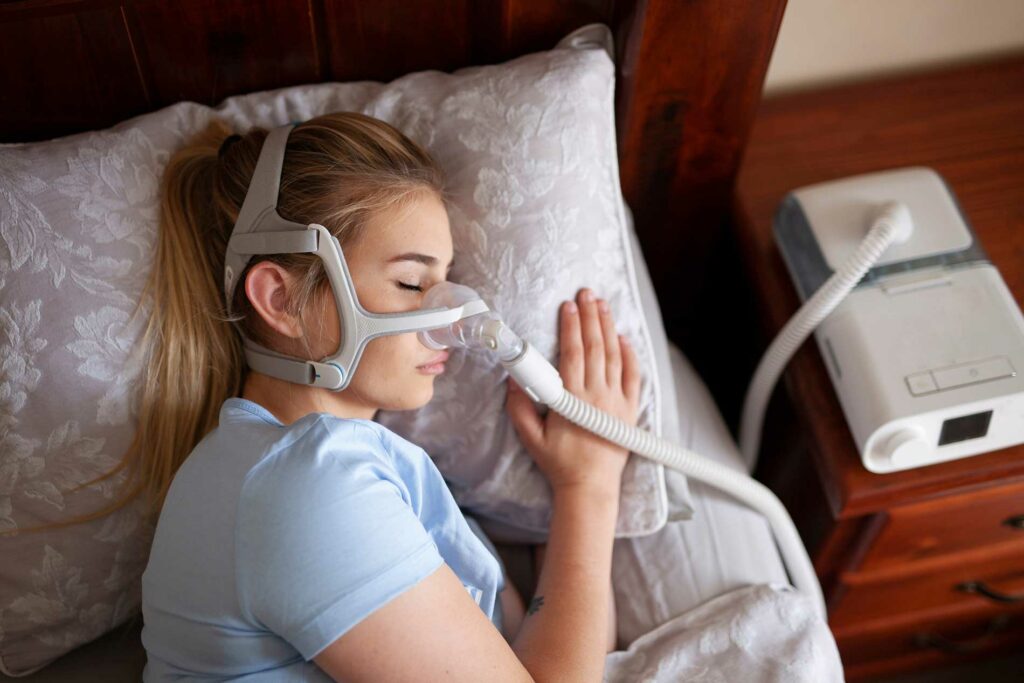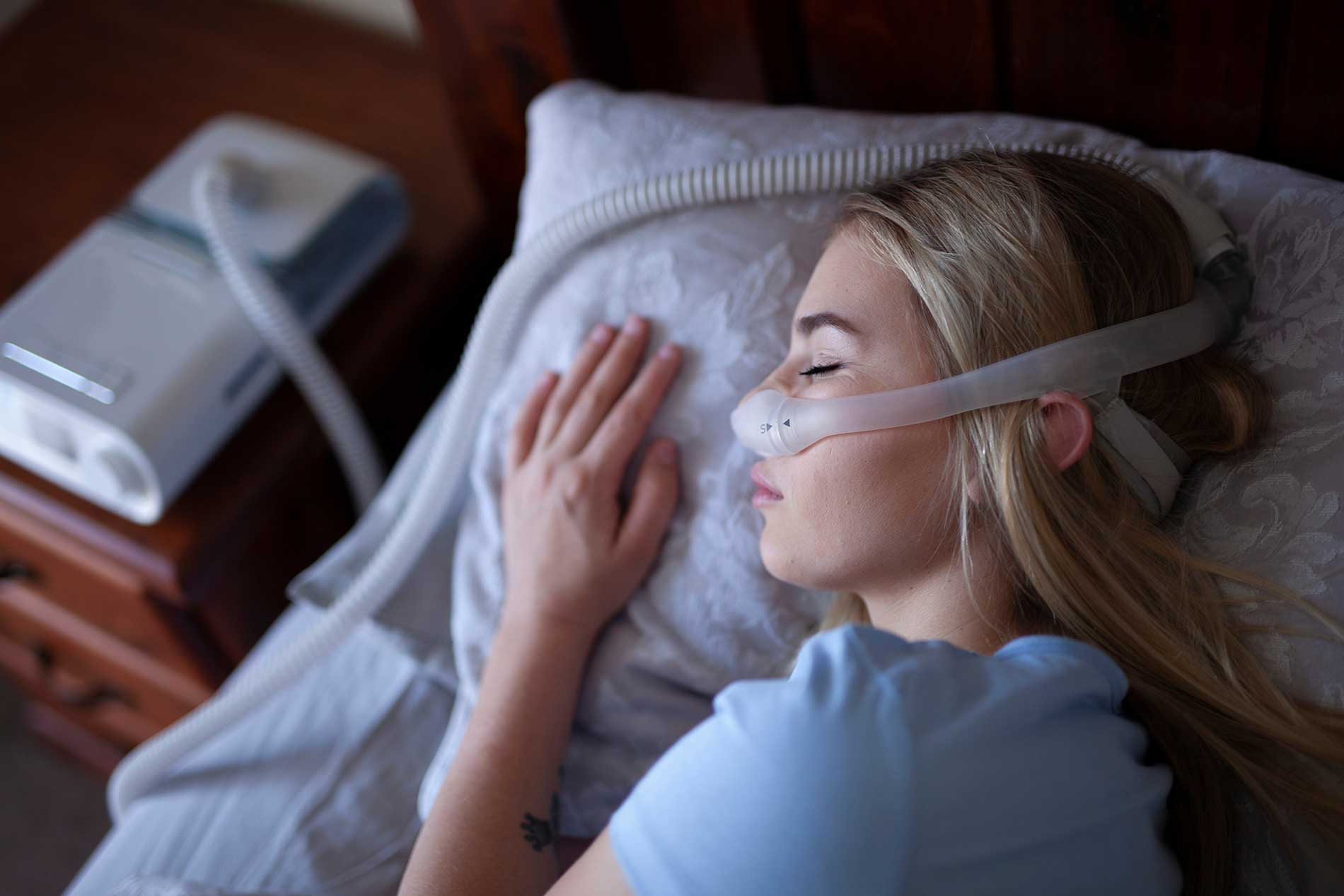Continuous Positive Airway Pressure (CPAP), Automatic Positive Airway Pressure (APAP), and Bi-level Positive Airway Pressure (BiPap) machines are all popular treatment options for obstructive sleep apnea (OSA) patients. These machines work by providing a flow of pressurized air into the airway to help keep it open while sleeping. However, these machines have unique features, and understanding their differences will help you choose the best one for a specific patient.
Continuous Positive Airway Pressure (CPAP)
CPAP machines are the most common type used in sleep apnea treatment. CPAP machines deliver continuous pressure at a fixed level while sleeping, keeping the airway open during both inhalation and exhalation. It works by using a mask placed over the nose and mouth, and the machine supplies the air. CPAP machines provide constant pressure, making it easy to adjust the pressure to the appropriate level by the healthcare professional based on the patient’s need.
Automatic Positive Airway Pressure (APAP)
APAP devices, on the other hand, adjust the air pressure automatically by evaluating the patient’s breathing patterns. The machine will then increase/decrease the air pressure according to the patient’s breathing patterns. It is also called an auto-titrating machine. This machine can be beneficial to prevent pressure-related discomfort and helps maintain a level of air pressure required for OSA patients. It can also accommodate weight changes and natural breathing patterns.
Bi-level Positive Airway Pressure (BiPap)
BiPAP provides two levels of pressure; a higher level during inhalation and a lower level during exhalation, making it easier for patients to breathe out carbon dioxide. It is beneficial for those who have respiratory muscle weakness or have trouble exhaling against the pressure. BiPAP devices are also used in COPD patients, who need more intrathoracic pressure support.

Which is better, CPAP, APAP or BiPAP?
The better choice among CPAP, APAP, and BiPAP is subjective and based on each individual’s condition and needs. CPAP is a reliable treatment for majority of OSA patients. APAP is more appropriate for people whose airway pressure needs fluctuate, making it a better choice for people with comorbidities. BiPAP, on the other hand, is a suitable option for severe OSA cases, COPD patients, or those with respiratory muscle weakness.
Selecting a Therapy
The selection of the sleep apnea treatment depends on the sleep study report’s findings. A healthcare professional can guide patients in choosing the right type of machine. The professional will make the necessary adjustments, such as pressure levels and ramp time, to provide support for the patient’s breathing during sleep.
Continuous Positive Airway Pressure (CPAP), Automatic Positive Airway Pressure (APAP), and Bi-level Positive Airway Pressure (BiPap) machines are all effective in treating sleep apnea, but they differ significantly in how they deliver pressure. Talking to a healthcare provider is important when deciding which machine to use or when making any adjustments to the machine. The best machine is the one that meets an individual’s needs while accommodating physiological influences, making for a comfortable and effective therapy.
Home Healthcare Supplies in Vernon and Salmon Arm BC
At Lakeside Medical Supplies, we want to make home health care as easy as possible by providing the medical supplies you need at competitive prices. Our privately-owned home healthcare company is committed to providing premium products and services to our valued customers.
We have two accessible locations in Vernon (250) 542-2425 and Salmon Arm (250) 832-2431 and offer free delivery to your door for orders over $100.
More from our blog: Home Healthcare Providers: The Benefits of Online Shopping
Visit Us on Facebook

